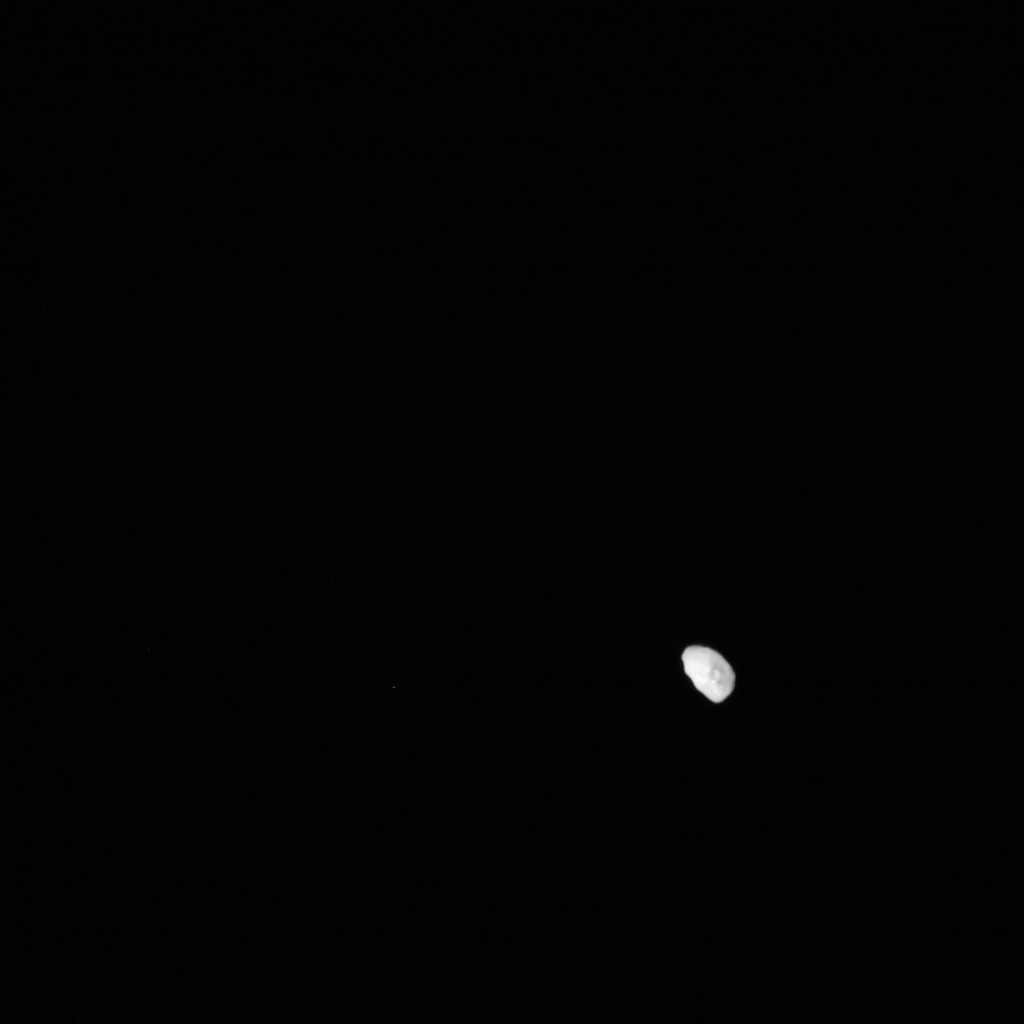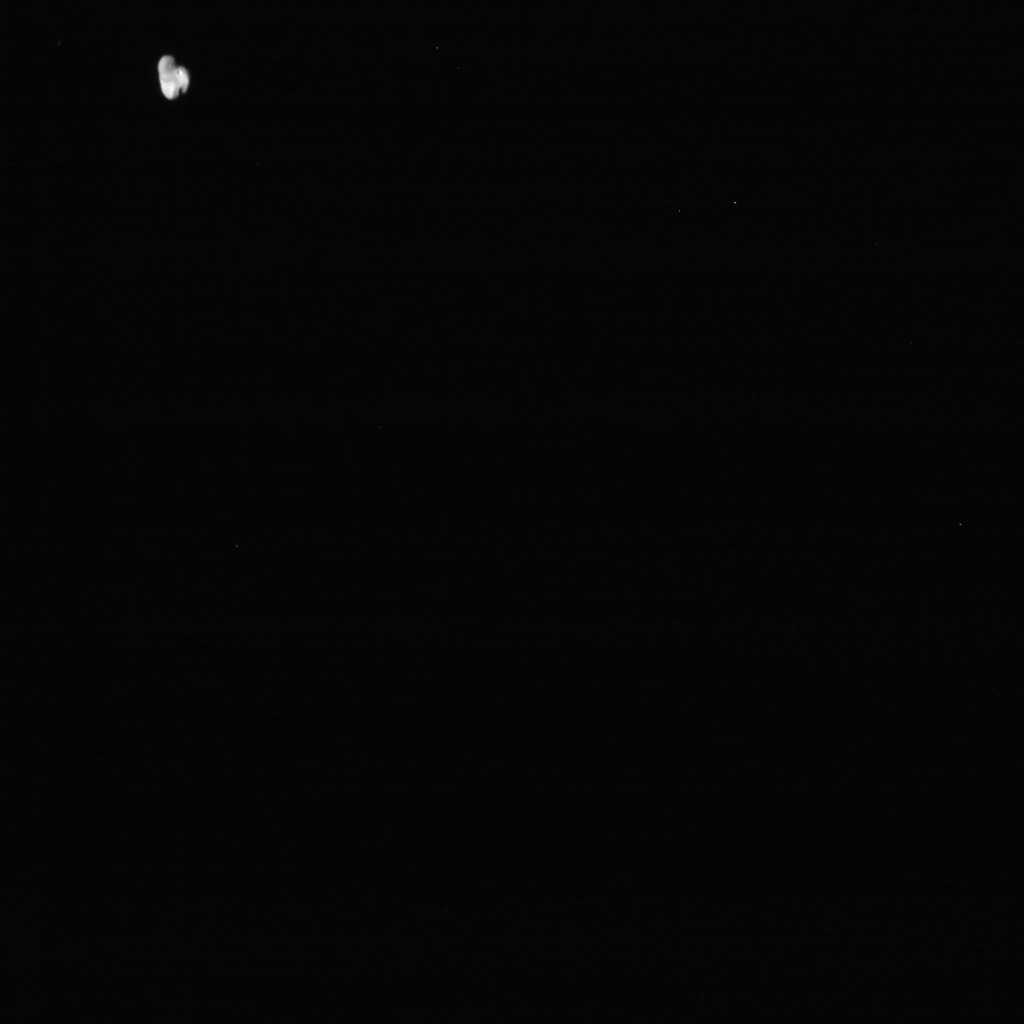New target chosen for New Horizons:
http://news.yahoo.com/beyond-pluto-2nd-target-chosen-horizons-probe-233205157.html
http://news.yahoo.com/beyond-pluto-2nd-target-chosen-horizons-probe-233205157.html
The New Horizons team has selected an object named 2014 MU69, which lies roughly 1 billion miles (1.6 billion kilometers) beyond Pluto, as the next target for up-close study by the spacecraft, NASA announced today (Aug. 28).....
....That proposal is due in 2016, but the New Horizons team must start planning for an encounter with 2014 MU69 right away. The team will execute a series of four maneuvers in October and November of this year to put the probe on a path to encounter the new object. Any later course corrections will require more fuel and "add mission risk," the statement said. If the extension is approved, the probe is expected to reach 2014 MU69 on Jan. 1, 2019.








